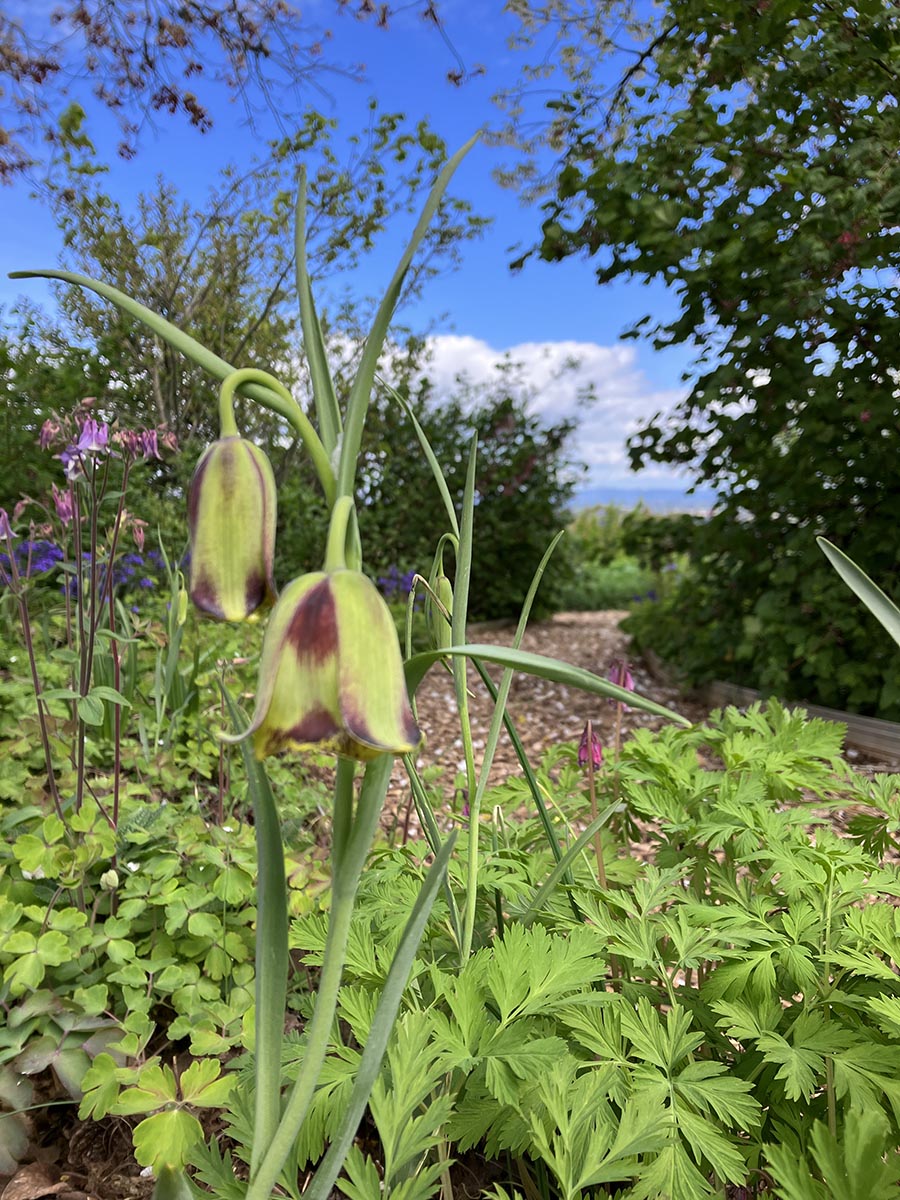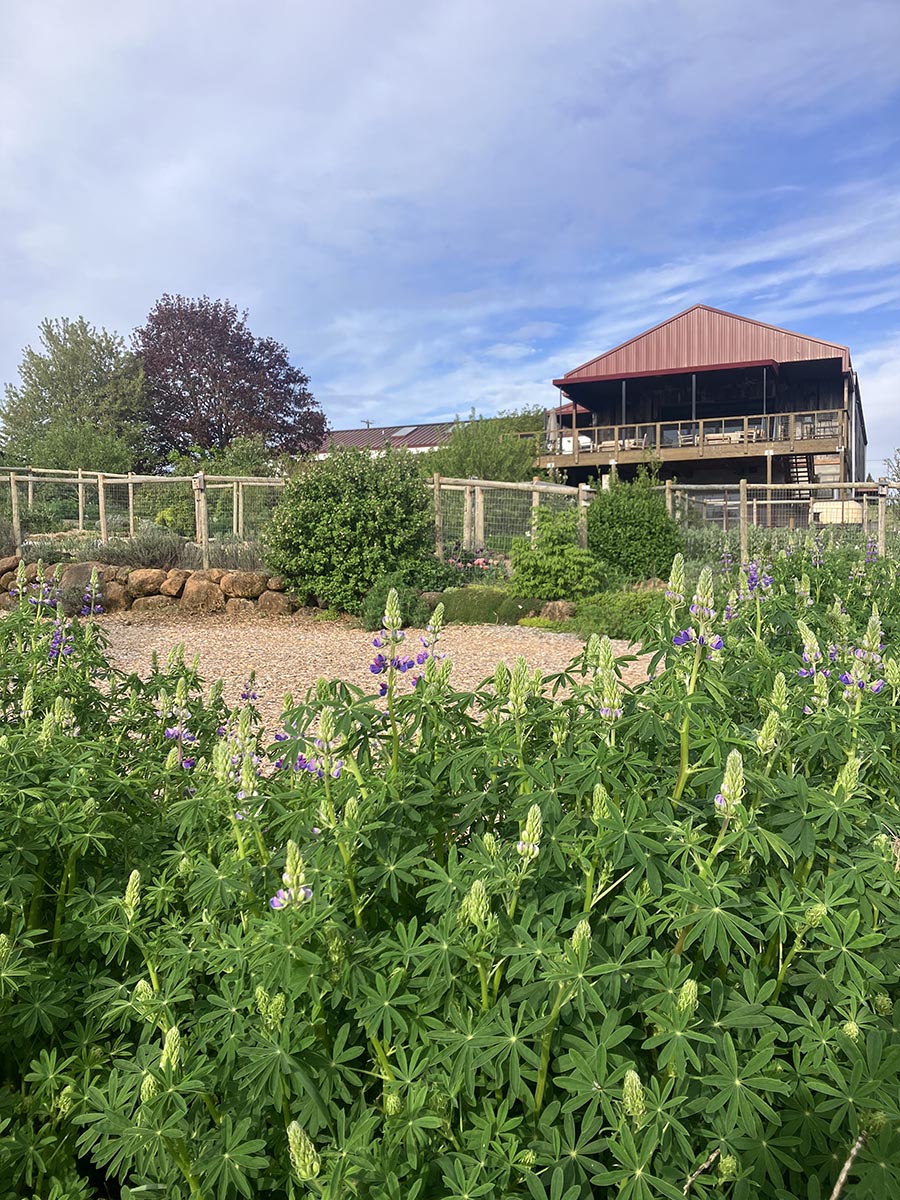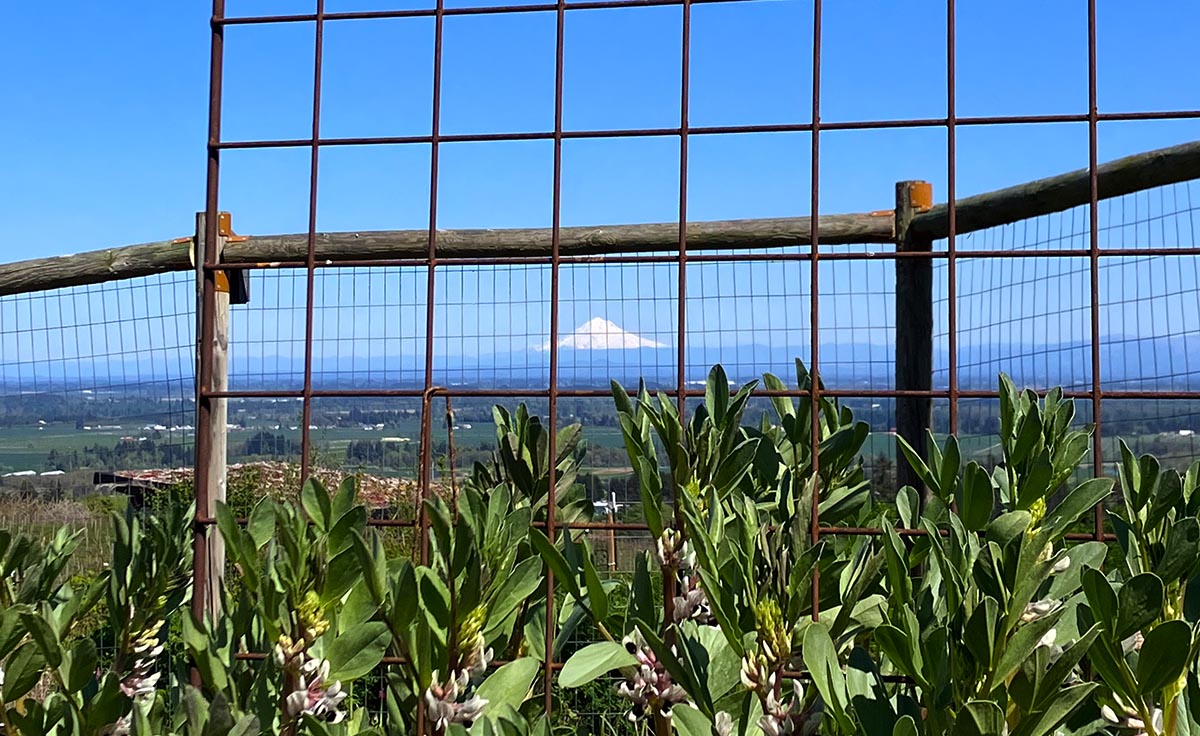“What will we make of the life before us? How do we translate the gifts of solitary beauty into the action required for true participatory citizenship?” – Terry Tempest Williams, The Open Space of Democracy
All around me, birds sing, and bees luxuriate in the pollen of flowers. This is a time of exuberance when the garden seems to grow each day with a fury that is shocking. I shuffle amongst the already densely planted vegetable beds, careful of every step as I walk over self-sown flower seeds coming up from the path. I scatter my own seeds of tender annuals, painting the garden with mindfulness of plant composition, color, and form. My own brush strokes are improved upon by the whims of nature, which invites in the stray bachelor button seedling and sunflower. These wayward seedlings can humble even the most stalwart garden designers, sewing together the beds in our garden with a kind of divine intervention.


In this time of seed sowing, I have been rethinking the garden adage that “hope is in a seed,” a refrain echoed by many garden enthusiasts. So often, I hear people say that the younger generation gives them hope for the future. Hope, in this sense, becomes a way for us to passively sit back while the next generation solves ever-worsening environmental degradation. We are all complicit in the harming of our planet, and we all must be part of the reckoning and the healing of the world. Instead of hope, what we need is courage. Courage incites action, it speaks of the resolve that even in the face of a world that is hurting, we can stand up to do our small part.
Now, instead of sowing seeds of hope, I ask myself how I find the courage to tend to the seeds that have germinated. What is it that makes me stand up each day to weed, water, and nurture these seedlings? I think we all have different answers to this, for me it’s been the witnessing of what courage can do, of the impact we can make with resolve, patience, and fortitude. I have witnessed the courage it takes to remove invasive Himalayan blackberries, to take in stride the scars left on me from those thorns. To come back year after year in a kind of pilgrimage to the land, continuously cutting out the brambles. I know what it is to plant natives in that very graveyard of invasives and to see new life take hold. I let the courage of this act feed others. It takes courage to cultivate our place in this world. To know that species are continuing to dwindle and to take action despite all the odds.
The courage we feel to take action is mirrored in the world around us. I see the damage of herbicide use, the tell-tale signs of red and orange lines that cut into vegetation, a kind of chemical warfare we inflict on our soils. I see the cut remains of trees taken down with no accounting for the lives we have altered, including that of the tree. Alongside this death, though, there is the unmistakable beauty of a flowering maple, as if thumbing its stamens into the face of our desecrated earth. The natural world continues to beat on, giving gifts of beauty despite the harm we have caused. These gifts are so innumerable I can’t list them all here. They run together like a poem, the flowers of the elderberry, the joys of a baby chick, the thrum of the bumblebees, the catching of the valerian blooms in the wind. Despite all odds life staggers on and I want to dance alongside it, I want to weed, tend, love, fight and connect with this land. All the while hoping for a better world and having the courage to go out and cultivate it.
With Love from the Garden,
Shannon
Farm to Table
This month, our tasting room menu features mint, oregano, microgreens, parsley, garlic chives, radishes, and arugula.
